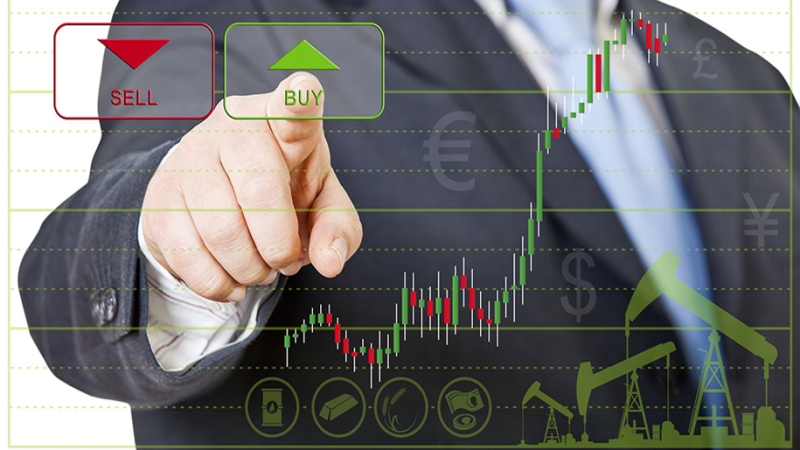Trading binary options is one of the simplest forms of trading and so is a relatively straightforward process for anyone to understand. However, there are different types of binary options and some of these are more complex than others. If you’re new to binary options trading, it’s probably best to start with the simplest type. Then, when you’re familiar with the process, you can move on to something that’s more challenging and rewarding.
Digital Options
This type of binary option is sometimes known as an above/below option and is the easiest to understand. All you actually need to do is predict whether the price of your selected asset will be higher or lower than it is now when the option expires.
If you think the price will be higher, you purchase a call or above option. If you believe the price will fall, buy a put or below option. That’s all there is to it. You don’t even have to predict by how much the price will change. As long as it moves in the right direction by any amount, you finish in the money. However, a movement in the wrong direction means you finish out of the money. No movement at all means you’re at the money and will get your stake back.
Touch or Range Options
This type of binary option is more complex and so it is more difficult to predict. Because of this, you will get a bigger payout if you predict correctly.
The general principle with touch or range options is that you set an upper or lower limit, or both, and then predict whether the price will go past the limits or stay within them. This means there are more possible variations than the simple higher or lower price of a digital option. It also means the binary option can close early if a predicted event occurs or may run to the expiry time if the price stays within the bands.
One Touch
For a one touch option, you will set a level that is either above or below the current price. It will be the level you expect the price to reach before the expiry time of the option and so will be higher if you expect a price rise, otherwise it will be lower. If the price reaches or touches the set level before the expiry time, the option closes and you receive a payout. What happens to the price after that is not relevant because one touch is enough. However, if the option expires before the level is reached, you will lose.
No Touch
This is the opposite of a one touch binary option because you are predicting the price of an asset will not reach the level you have set by the expiry time. You will only receive a payout if the price fails to touch the set level during the whole period of the option IndoTogel SDY. Should it touch at anytime before then, the option closes and you lose the trade. If it falls back later and finishes within the set level, this makes no difference because the option is complete.
Double Touch
This is similar to a one touch option except that you set both an upper and lower limit. When you place a double touch option, you are predicting that the price will touch both the upper and lower limits by the expiry time. If it does so, the option closes immediately and you receive your payout. Should the price fail to reach both levels by expiry, however, you will finish out of the money.
Double No Touch
Here you are also setting upper and lower limits but are expecting the price to stay within the range during the whole of the trading period. Providing it does so, you will receive a payout. However, if the price reaches either level before the expiry time, the option closes immediately and you lose the option.

